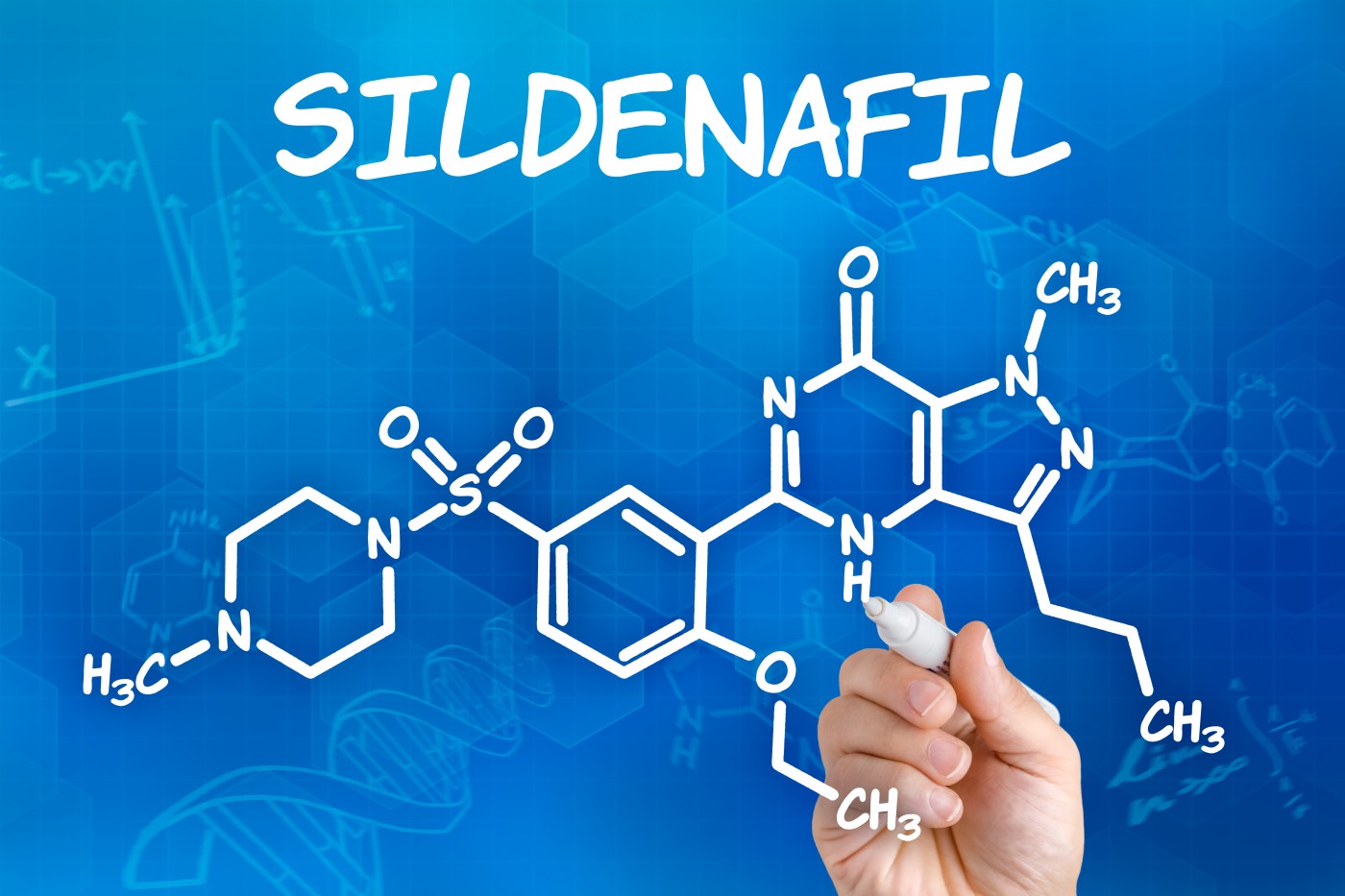Sildenafil’s Use in Children with Pulmonary Arterial Hypertension Still Topic of Controversy

Sildenafil (Revatio) — a phosphodiesterase type-5 inhibitor developed by Pfizer – is approved for the treatment of pulmonary arterial hypertension (PAH) in adults. Two large international clinical trials, the STARTS I and II trials, subsequently investigated the safety of sildenafil use in children. Based on their findings, however, the U.S. Food and Drug Administration (FDA) and the European Medical Agency (EMA) reached opposing conclusions, with the FDA recommending against all use of sildenafil in children and the EMA supporting a low-dose treatment.
A recent study, entitled “Safety and tolerability considerations in the use of sildenafil for children with pulmonary arterial hypertension” and published in the open access journal DovePress, sums up the clinical evidence from the STARTS trials. The study was conducted by Andrew L. Dodgen and Kevin D. Hill from Duke University Medical Center and Duke Clinical Research Institute.
Sildenafil is mainly metabolized in the liver, an organ that lacks full functionality at birth. The liver enzymes that break down sildenafil, cytochrome P450 enzymes, are particularly immature in the newborn, and do not reach full maturity until later in life. For this reason, it is impossible to simply extrapolate data on dosage, safety, and tolerability from adult clinical trials and apply them to children.
Following the recommendation of the Best Pharmaceuticals for Children’s Act (BPCA) Priority List of Needs in Pediatric Therapeutics — where pulmonary hypertension in children was named a priority — sildenafil was the first drug to reach clinical trials for pediatric PAH patients.
The trials enrolled a total of 235 children ages 1–17. The STARTS I trial, focusing on treatment outcomes, ran for 16 weeks, and 229 patients and controls continued participating in the three-year STARTS II trial, focusing on adverse effects and mortality.
The first trial found small improvements in peak oxygen consumption for patients on sildenafil, specifically in patients with idiopathic PAH, but the results were not statistically significant. In the group of patients receiving low-dose sildenafil, no improvement in secondary outcomes — such as hemodynamics and functional and psychosocial measures — could be seen when compared to placebo.
Serious adverse effects were only noted in two cases in the first trial and in five cases in the second trial — numbers that are similar to data from studies in adults.
The STARTS II trial reported that after three years, 9% of patients in the low dose group had died, compared to 14% in the medium-dose and 22% in the high-dose group. Although none of the deaths could be ascribed to the drug treatment, the FDA recommended against the use of sildenafil in children.
The EMA, conversely, supports the use of low-dose sildenafil. How could the same data be interpreted so differently?
While the numbers indicate that ascending sildenafil doses increase the risk of death in treated children, other data from the trial speak against this fact. Of the patients who died, 77% had idiopathic PAH, accounting for only 33% of the study participants. Also, the highest mortality rates were found in developing countries: 44% in India, 36% in Mexico, but only 5% in the U.S., indicating other factors than drug treatment may have contributed to the deaths.
Indeed, critics of the FDA decision have noted that the entire patient group receiving sildenafil had better mortality rates than the untreated PAH patient group. An alternative hypothesis, offered by investigators of the STARTS II trial, posits that low-dose sildenafil treatment leads to better survival rates, but this effect is diminished at higher doses.
The study has also been criticized for the fact that, in spite of randomization, the placebo group had better hemodynamics with lower pulmonary vascular resistance than the treatment group.
A number of other inconsistencies have been reported in the trials. In particular, the group of enrolled patients was very heterogeneous, with large variations in age, disease severity, and type of PAH, making interpretation of data from the trials difficult. Such inconsistencies demonstrate the need for further studies of sildenafil in children.







